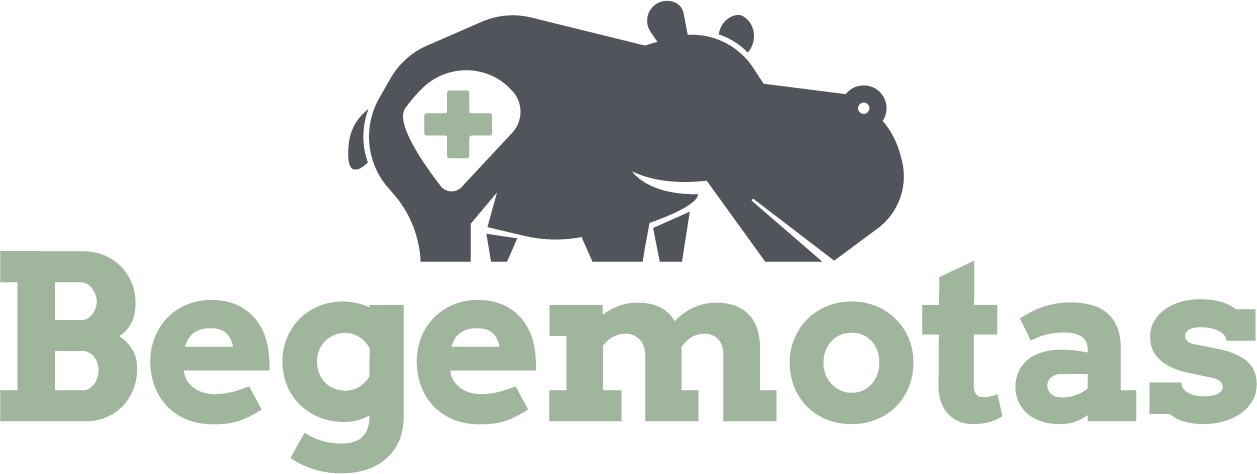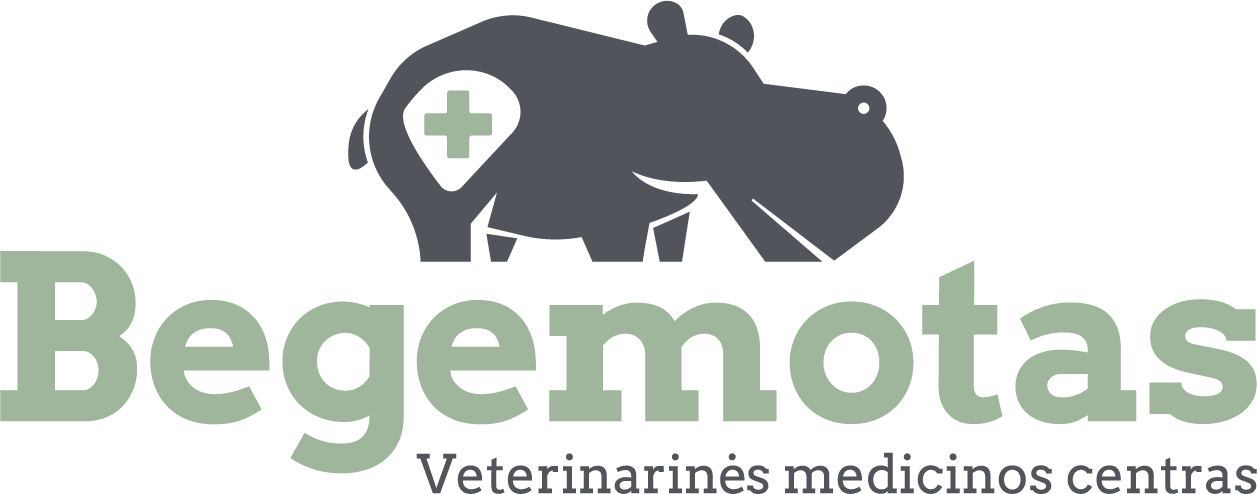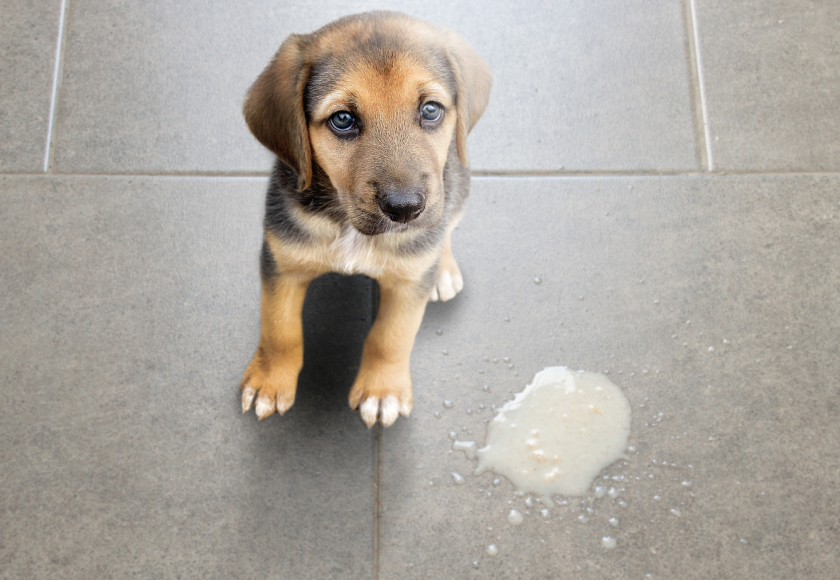If you notice that your dog is not eating, it can cause concern and raise questions. Refusal to eat can be the result of both serious health problems and temporary situations.
However, it is important to know how to identify the various causes and take appropriate action. In this article, we will discuss why dogs refuse to eat in general, why dogs refuse to eat dry food, what to do if your dog is vomiting and not eating, and how to respond when your dog is trembling and not eating.
We would also like to remind you that if your dog has health problems, you should contact the Begemotas veterinary clinic in Vilnius, which is open EVERY DAY.
Table of contents
What are the main reasons why a dog won’t eat?
- Health problems – when a dog does not eat or drink, this is often the first sign that something is wrong with its body. One of the main reasons for this is illness, such as:
- Digestive tract disorders. If your dog is vomiting and not eating, this could indicate poisoning, a foreign object in the stomach, or an infection of the stomach or intestines.
- Oral problems. If your dog has dental problems such as tooth decay, gum inflammation, or damaged teeth, it may refuse to chew food. This type of problem can be solved quite easily with a professional oral and dental cleaning procedure.
- Infections or chronic diseases. Diseases such as kidney failure, diabetes, or liver problems can cause a dog to refuse to eat. A dog may also refuse to eat due to viral diseases if its vaccinations are not up to date.
- Stress and emotional factors – a dog will not eat dry food or any food at all if it is feeling stressed. This may be related to changes in the environment (moving house, new pets in the home) or other stressful events. If your dog is trembling and not eating, this may also be a symptom of fear or anxiety.
- Changes in diet – Dogs often refuse to eat when their food is changed. If your dog is not eating dry food, it may be because it does not like the taste or texture of the new food. Your dog may also be accustomed to homemade food, making dry food unappealing.
- Age factor – Older dogs may start to eat less due to a slower metabolism or health problems. If your dog is trembling and not eating, it may mean that it is suffering from pain or age-related diseases such as arthritis.
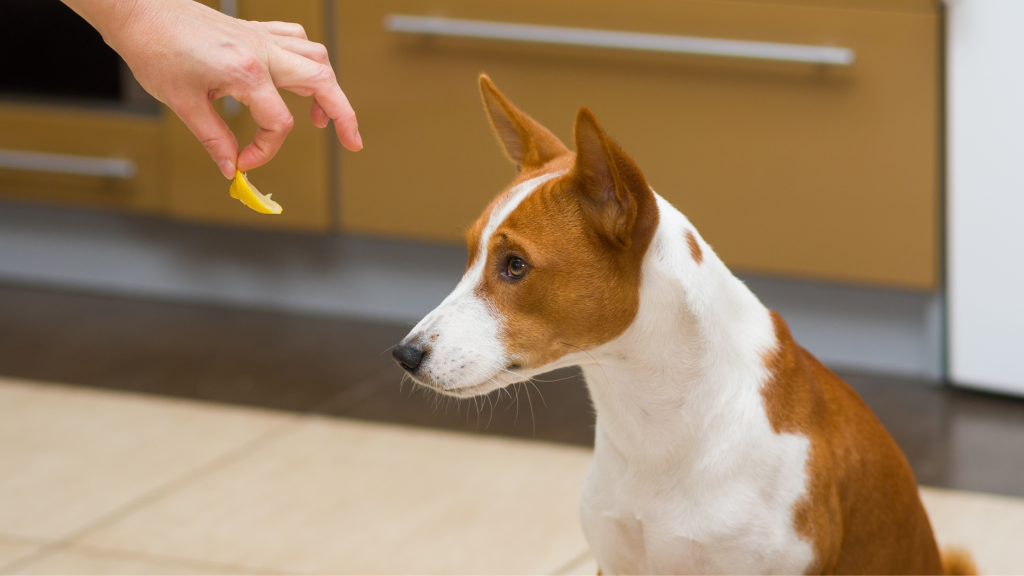
How to react if your dog won’t eat?
If you notice that your dog is not eating or drinking, you should monitor its behavior and symptoms. Here are a few situations and a plan of action:
- The dog does not eat dry food – if the dog refuses dry food, see if it will accept other types of food, such as wet food. If this lasts longer than a day and the dog refuses to eat wet food, consult your veterinarian. An examination and additional laboratory tests may be necessary.
- The dog is vomiting and not eating anything – vomiting and complete refusal to eat are serious symptoms. This may indicate poisoning, a viral infection, or a foreign body in the stomach. Contact a veterinary clinic immediately.
- The dog is trembling and not eating – if the dog is trembling, it may be in severe pain, afraid, or suffering from hypothermia. Note any additional symptoms and contact a veterinarian immediately.
- The dog is not eating or drinking – dehydration can be very dangerous. If you notice that your dog is not drinking water, you can offer it a needle-free syringe or an electrolyte solution specifically designed for animals.
How to help a dog at home?
If your dog’s condition is not very serious, you can try a few things:
- Offer alternative food – if your dog won’t eat dry food, try mixing it with wet food or broth. Some dogs prefer cooked chicken, pumpkin puree, or rice.
- Encourage hydration – if your dog is not eating or drinking, you can offer it water with salt or special electrolyte solutions. You can use a syringe to put water into its mouth, but do not force it.
- Create a calm environment – when your dog is shaking and not eating, provide them with a cozy, warm place. This will reduce stress and help them feel safe.
- Monitor your dog’s symptoms – watch for other symptoms such as lethargy, vomiting, diarrhea, or unnatural posture. This can help determine the cause of the problem.
- Check your dog’s teeth regularly – oral problems are a common reason why dogs won’t eat dry food.
- Do not allow your dog to eat unfamiliar or potentially toxic products, which may cause poisoning.
- If you notice that your dog is vomiting and not eating, do not feed it for several hours to allow its stomach to recover, but ensure that it receives sufficient water.
Many owners do not realize that dogs and humans have different digestive tracts and that what is suitable for humans may be unsuitable or even poisonous for dogs.
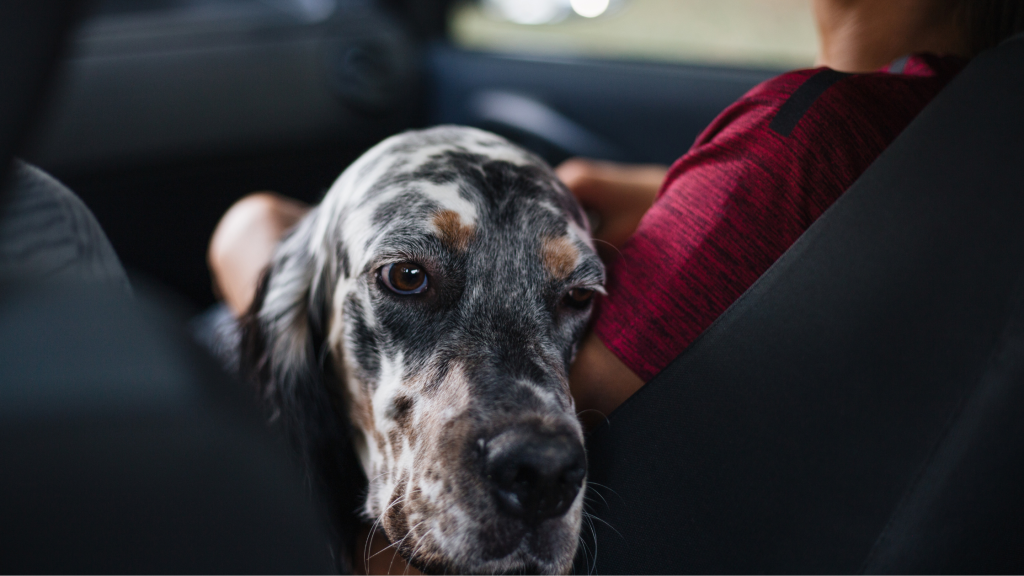
When to see a veterinarian?
Although some cases can be treated at home, there are situations when veterinary assistance is necessary:
- If your dog has not eaten or drunk anything for a day or more.
- If your dog is vomiting and has not eaten anything and appears weak.
- If your dog is trembling and has not eaten, and this symptom lasts for more than a few hours.
- If there are other obvious health problems, such as the dog urinating blood or blood being visible in its vomit or feces.
If your dog isn’t eating, it could be a serious sign that shouldn’t be ignored. While some cases of food refusal can be dealt with at home, ignoring the problem for too long can have serious consequences.
The main problems may be related to health issues, stress, or changes in diet. If your dog is not eating dry food, is vomiting and not eating anything, or is trembling and not eating, it is important to take action as soon as possible.
Do not hesitate to contact the Begemotas veterinary clinic in Vilnius, where experienced specialists will take care of your pet’s health. The clinic is open EVERY DAY, so your pet will receive help at any time.
